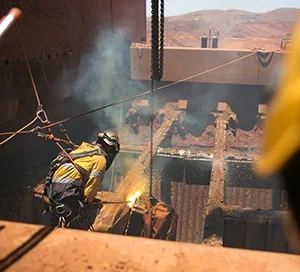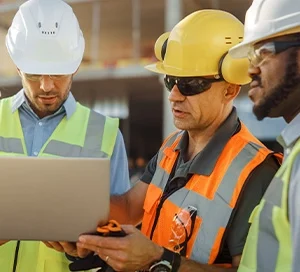There are a few boxes to tick before you can get underway with RPL. Your eligibility will be determined by the industry you work in, the type of qualification you’re seeking and any relevant formal or informal prior learning you’ve attained. We’ve outlined the fundamentals of eligibility below.
Is RPL relevant to your industry?
RPL is only relevant to certain industries in Australia. The first step in determining your eligibility is to identify whether the industry you work in is applicable. Industries include automotive, construction and engineering, as well industries in the hospitality and health sectors such as events, commercial cookery, hair and beauty.
The list of industries Skills Certified can assist with is extensive and we recommend reviewing it here.
What qualification are you looking for?
Once you’ve checked that your industry is relevant, take a look at what qualifications are available. You might be surprised at what you discover! We’ve spotlighted some certifications here.
The qualification you hope to achieve will depend on your industry and the level you’re experienced in. RPL is commonly used to achieve formal qualifications including Certificate II – IV, or a Diploma, Advanced Diploma or Graduate Diploma.
If you’re still tossing up which qualification is best for you, take a closer look at the qualifications listed under your industry here.
Assessing your existing skills and knowledge
Once you’ve established which qualification you require, it’s time to start thinking about the skills and experience you already have. This includes both formal and informal training and education, as well as the skills you’ve developed from working in the field.
If you haven’t completed any formal courses to date, don’t let that deter you! The skills you’ve acquired outside of formal education can be assessed and could be more valuable than you think. These skills can include, but aren’t limited to, your work history, employer workshops, internships, volunteer work, licences and courses such as first aid.
All relevant skills, knowledge and experience will be assessed against the units of competency in the qualification you’re hoping to complete.
Creating your portfolio
Every person who completes RPL needs to build a portfolio. This can be time consuming, however it’s also a significant part of the process. Your portfolio is proof of the skills you’ve developed, and will contain evidence that will be assessed by a Registered Training Organisation (RTO).
You can learn more about how to create a portfolio here.
RPL for migrants in Australia
If you have migrated to Australia and you require a skills assessment to obtain your visa, you could also be eligible for RPL. We firstly recommend confirming with the Department of immigration and Citizenship (DIAC), to ensure your visa requirements are met by an RPL Australia program.
Do you meet the eligibility requirements? If you’re ready to get the ball rolling, get in touch with the team at Skills Certified Australia on 13 17 75 or contact us online. If you’re still unsure whether RPL is right for you, or you need assistance with navigating courses and qualifications, fill out our free 60 second skill check to get things underway!















